Moondrop is a respected name in the budget earphones/IEM scene. Their releases typically stand out in their respective price brackets. I test their Spaceship and share my findings below.
Packaging/Accessories: Unique and interesting for the price. The IEMs came in a colorful plastic box, depicting the Earth from outer space. Inside there are 3 pairs of silicone tips, a fabric pouch, an instruction manual, and an ‘Introduction’ card. The plastic material is thin and brittle, it got cracked during shipment.

Build Quality: Nice, smooth finish on the earpieces. Good weight that aspires confidence without taking comfort away. The cable is thick, the splitter and plug are nicely done in stainless steel, above the norm for this price range. Supplied silicone tips are soft and comfortable.
Fit and Comfort: The small form factor is a fresh change amidst the many multi-driver IEMs in the market. I found the best fit with the supplied M tips, and I am confident any user should be able to find a tip that fits them well. They are comfortable to wear for a long time.

Listening Preferences: I listen to jazz, blues, classic rock, some reggae and pop. Natalie Cole, Stevie Ray Vaughan, Andrea Bocelli, The Eagles, Scary Pockets, and others lent their music for this review.
Tuning/Sound Signature: I would say they are neutral-warm. They are not bass-heavy. If only they have more extended treble, I will say they are neutral, but they don’t. So in my humble opinion, this is neutral-warm.
 ‘Moondrop Co.’ etched on the splitter.
‘Moondrop Co.’ etched on the splitter.
Sources: Spotify and YouTube HD on a 2016 iPad Pro to represent portable setup. FLAC, WAV, and 320kbps MP3 with Vox player on a 2011 MacBook Pro and Burson Playmate to represent desktop setup for scalability.
Soundstage: The soundstage painted by the Spaceship is about average for IEMs. There is some layering, but not too deep of a stage. Definitely doesn’t feel cramped, overall pleasing to listen to.
Highs: The highs are pleasant to listen to. They are friendly to most types of music and most sources. There is no sibilance detected, but they roll off around 10kHz or so. While not airy, they have plenty of highs to sound vibrant and lively.
Mids: I love the mids on these. The single dynamic driver construction lends to natural timbre and relaxed mids. Vocals sound great, female and male vocals have solid ‘body’ and presence. They sound polite, piano sounds great, but crunchy blues-rock is lacking the ‘bite’.

They are meant to be inserted deep into the ear canal.
Lows: The bass leans toward ‘boomy’ than it is ‘punchy’. The Spaceship is definitely not for basshead. Some faster bass lines sound ‘one note’ like a subwoofer in a box that’s too small. Maybe this petite form factor is to blame. The bass, however, extends low enough for most genre.
Scalability: They open up and have more ‘authority’ with the more powerful front end. I feel they have low sensitivity despite the low impedance. Using my desktop setup brings improvement but portable users are not really missing much, you just need to crank the volume a little bit more.
Conclusion: For the natural timbre and balanced tuning, they are worth the asking price. The form factor is nice and refreshing. The package is interesting and makes you feel special. If you listen to jazz, blues, and acoustic genres, I highly recommend this one over those multi-drivers IEM in the price range of $20-$25.
Note: This was a personal purchase. I am not affiliated with the manufacturer or distributor of this product. The above is my personal opinion, and subject to change as my knowledge, experience, and associated equipment grow. Please feel free to comment with any input or question. Thank you for reading!
Pardon some hairline scratches on this few months old unit:

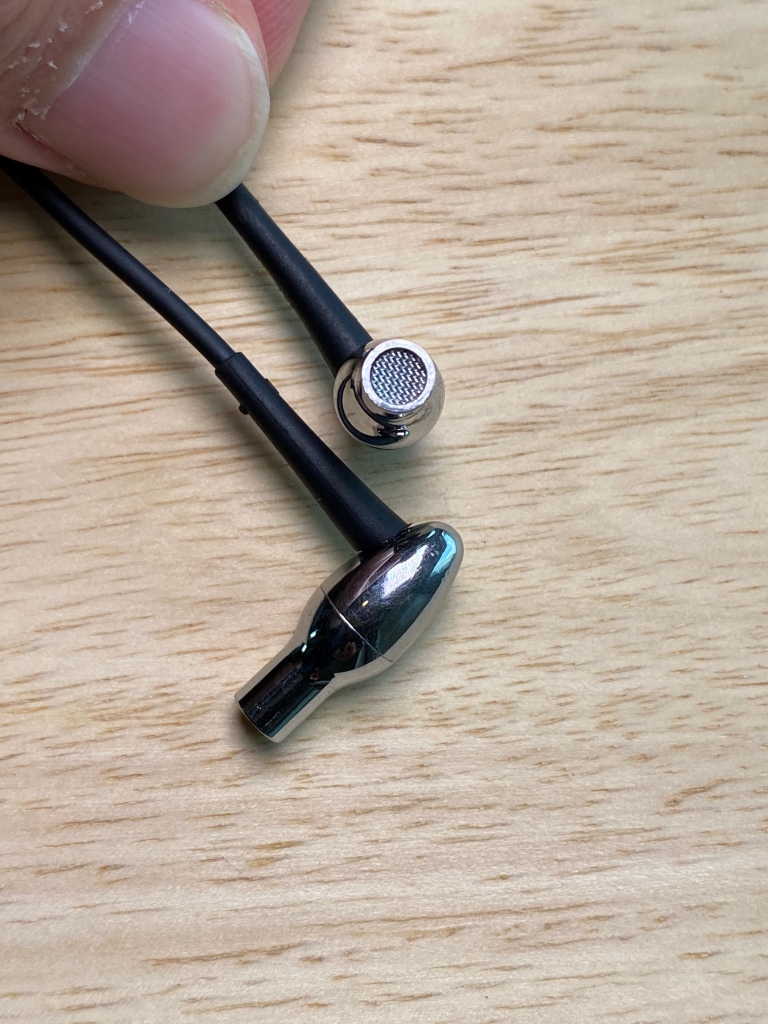
Packaging/Accessories: Unique and interesting for the price. The IEMs came in a colorful plastic box, depicting the Earth from outer space. Inside there are 3 pairs of silicone tips, a fabric pouch, an instruction manual, and an ‘Introduction’ card. The plastic material is thin and brittle, it got cracked during shipment.

Build Quality: Nice, smooth finish on the earpieces. Good weight that aspires confidence without taking comfort away. The cable is thick, the splitter and plug are nicely done in stainless steel, above the norm for this price range. Supplied silicone tips are soft and comfortable.
Fit and Comfort: The small form factor is a fresh change amidst the many multi-driver IEMs in the market. I found the best fit with the supplied M tips, and I am confident any user should be able to find a tip that fits them well. They are comfortable to wear for a long time.

Listening Preferences: I listen to jazz, blues, classic rock, some reggae and pop. Natalie Cole, Stevie Ray Vaughan, Andrea Bocelli, The Eagles, Scary Pockets, and others lent their music for this review.
Tuning/Sound Signature: I would say they are neutral-warm. They are not bass-heavy. If only they have more extended treble, I will say they are neutral, but they don’t. So in my humble opinion, this is neutral-warm.

Sources: Spotify and YouTube HD on a 2016 iPad Pro to represent portable setup. FLAC, WAV, and 320kbps MP3 with Vox player on a 2011 MacBook Pro and Burson Playmate to represent desktop setup for scalability.
Soundstage: The soundstage painted by the Spaceship is about average for IEMs. There is some layering, but not too deep of a stage. Definitely doesn’t feel cramped, overall pleasing to listen to.
Highs: The highs are pleasant to listen to. They are friendly to most types of music and most sources. There is no sibilance detected, but they roll off around 10kHz or so. While not airy, they have plenty of highs to sound vibrant and lively.
Mids: I love the mids on these. The single dynamic driver construction lends to natural timbre and relaxed mids. Vocals sound great, female and male vocals have solid ‘body’ and presence. They sound polite, piano sounds great, but crunchy blues-rock is lacking the ‘bite’.

They are meant to be inserted deep into the ear canal.
Lows: The bass leans toward ‘boomy’ than it is ‘punchy’. The Spaceship is definitely not for basshead. Some faster bass lines sound ‘one note’ like a subwoofer in a box that’s too small. Maybe this petite form factor is to blame. The bass, however, extends low enough for most genre.
Scalability: They open up and have more ‘authority’ with the more powerful front end. I feel they have low sensitivity despite the low impedance. Using my desktop setup brings improvement but portable users are not really missing much, you just need to crank the volume a little bit more.
Conclusion: For the natural timbre and balanced tuning, they are worth the asking price. The form factor is nice and refreshing. The package is interesting and makes you feel special. If you listen to jazz, blues, and acoustic genres, I highly recommend this one over those multi-drivers IEM in the price range of $20-$25.
Note: This was a personal purchase. I am not affiliated with the manufacturer or distributor of this product. The above is my personal opinion, and subject to change as my knowledge, experience, and associated equipment grow. Please feel free to comment with any input or question. Thank you for reading!
Pardon some hairline scratches on this few months old unit:







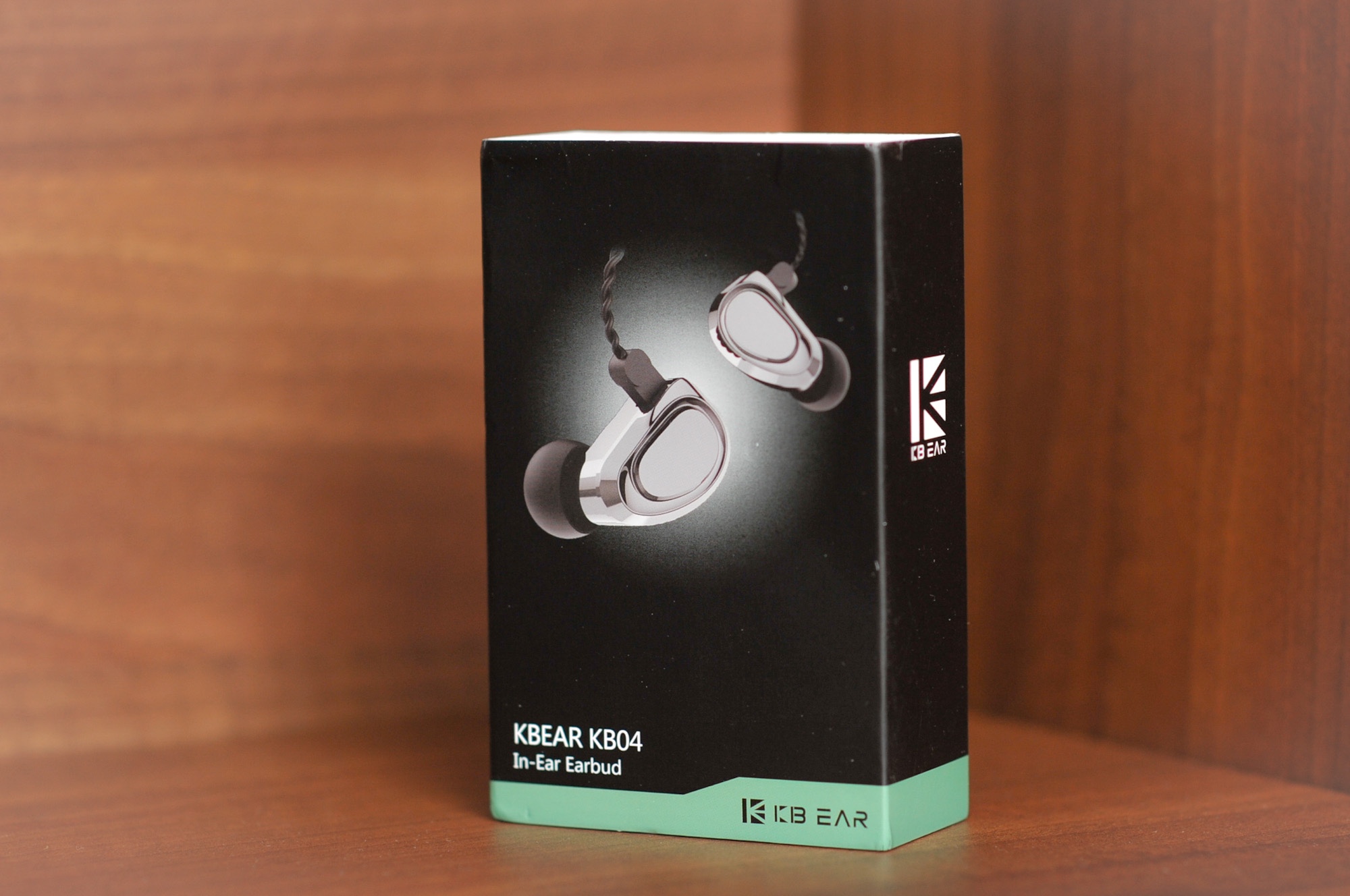
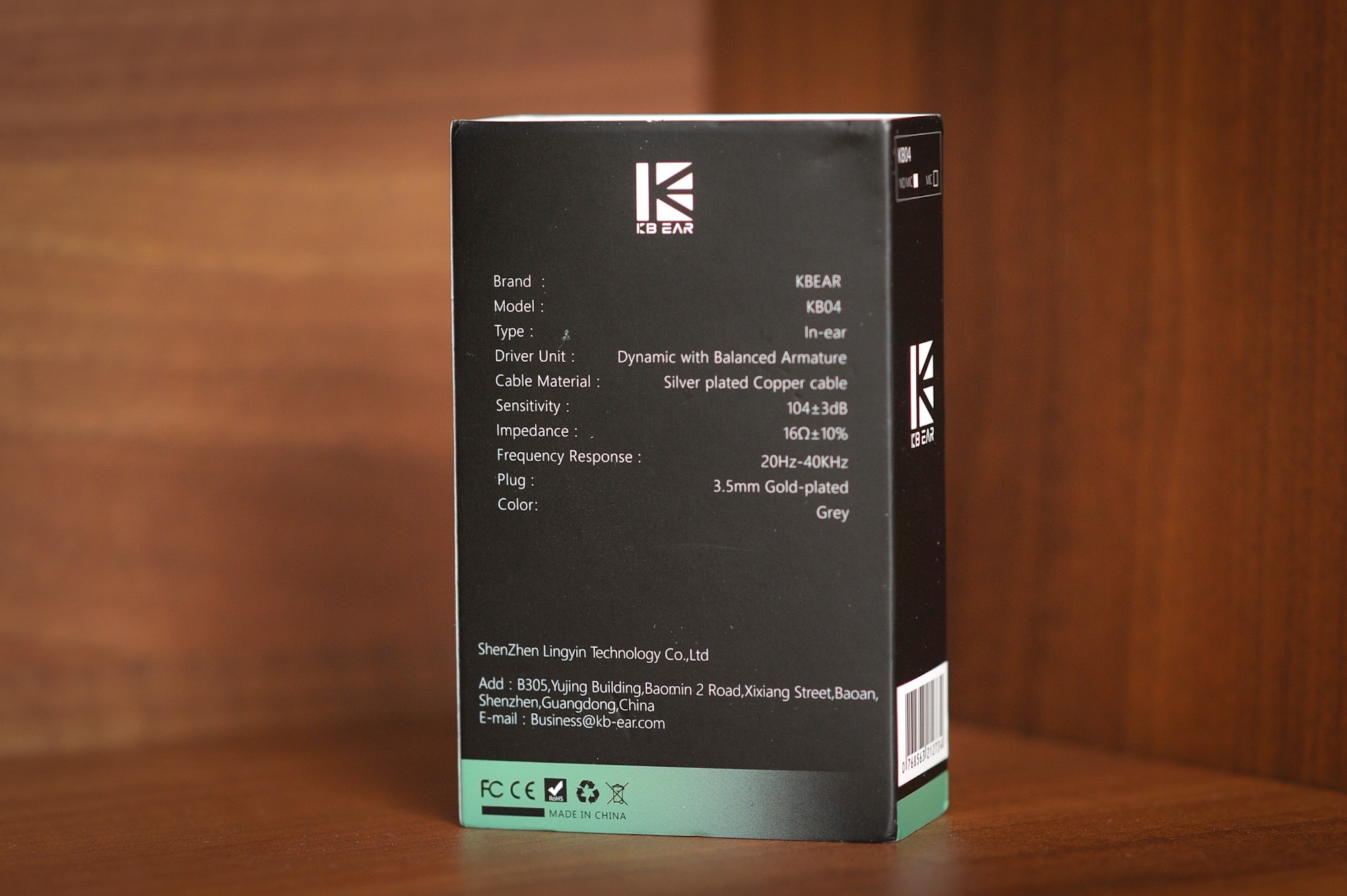
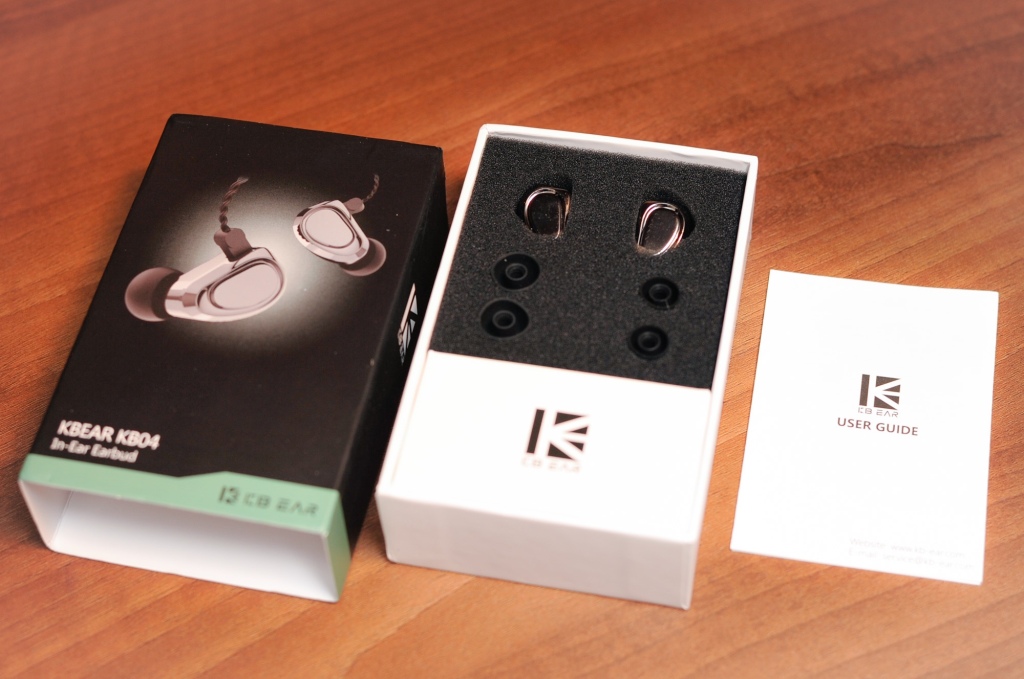
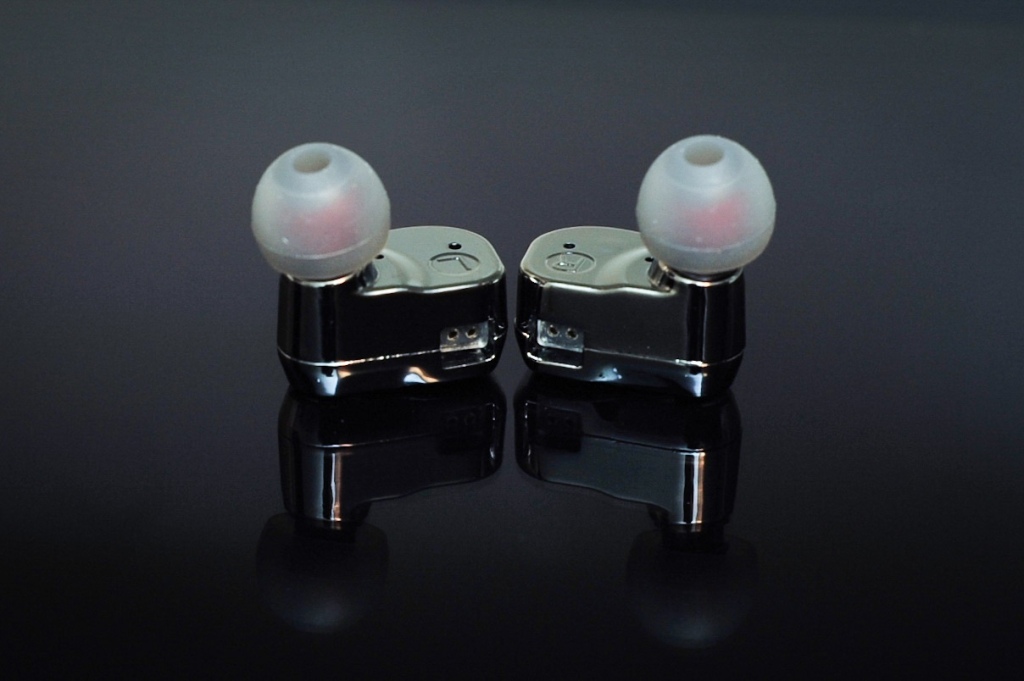
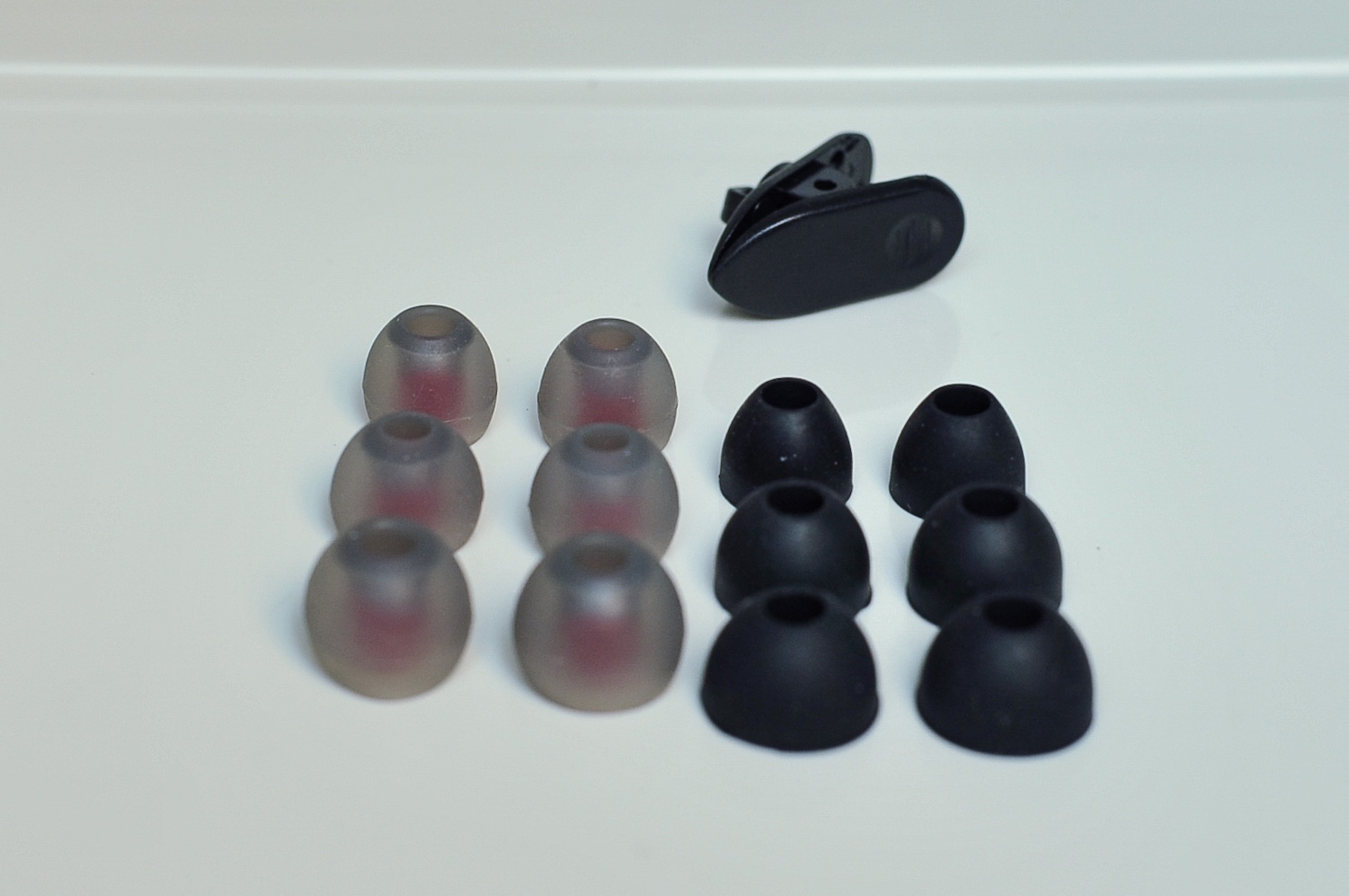
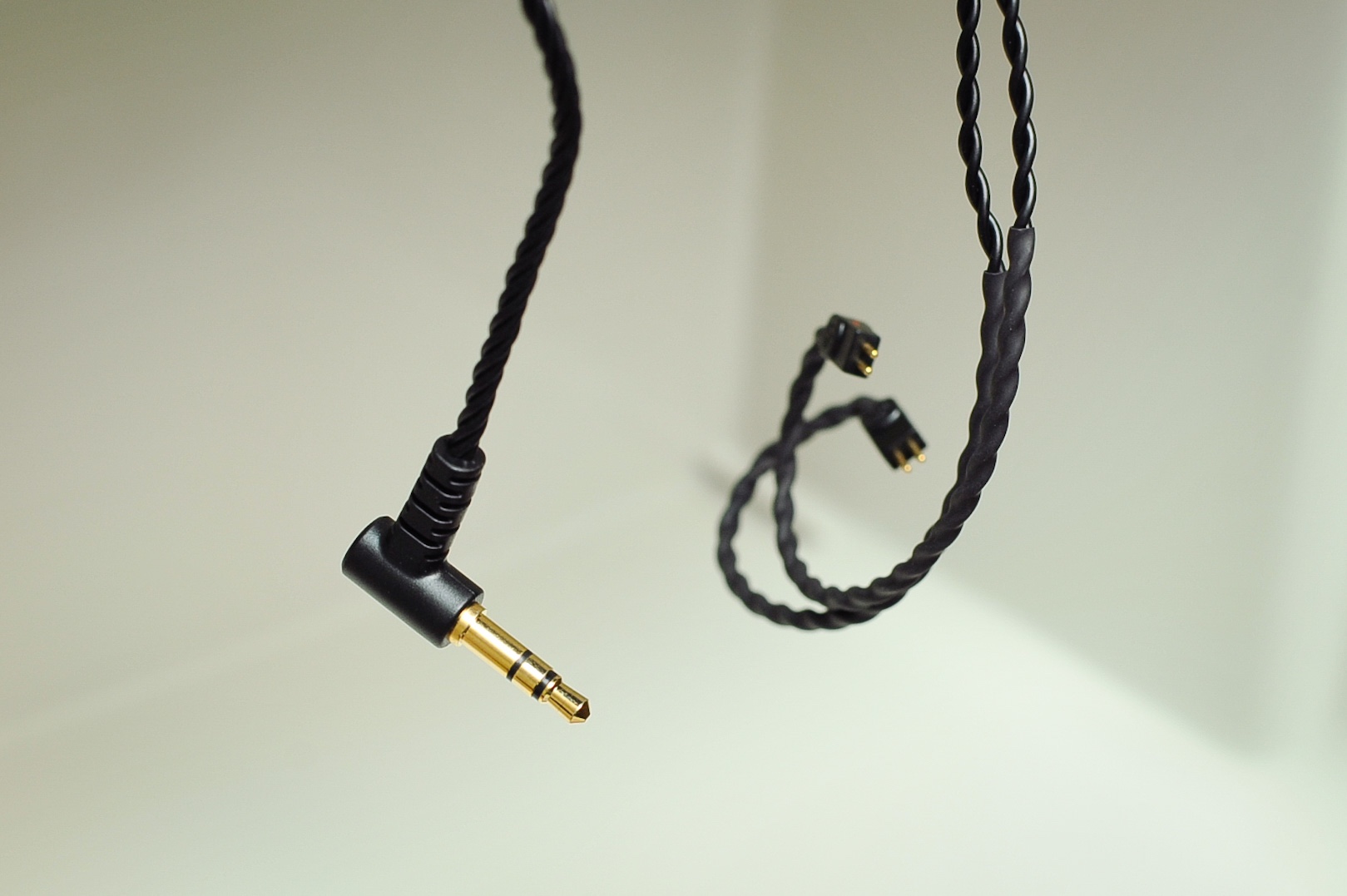
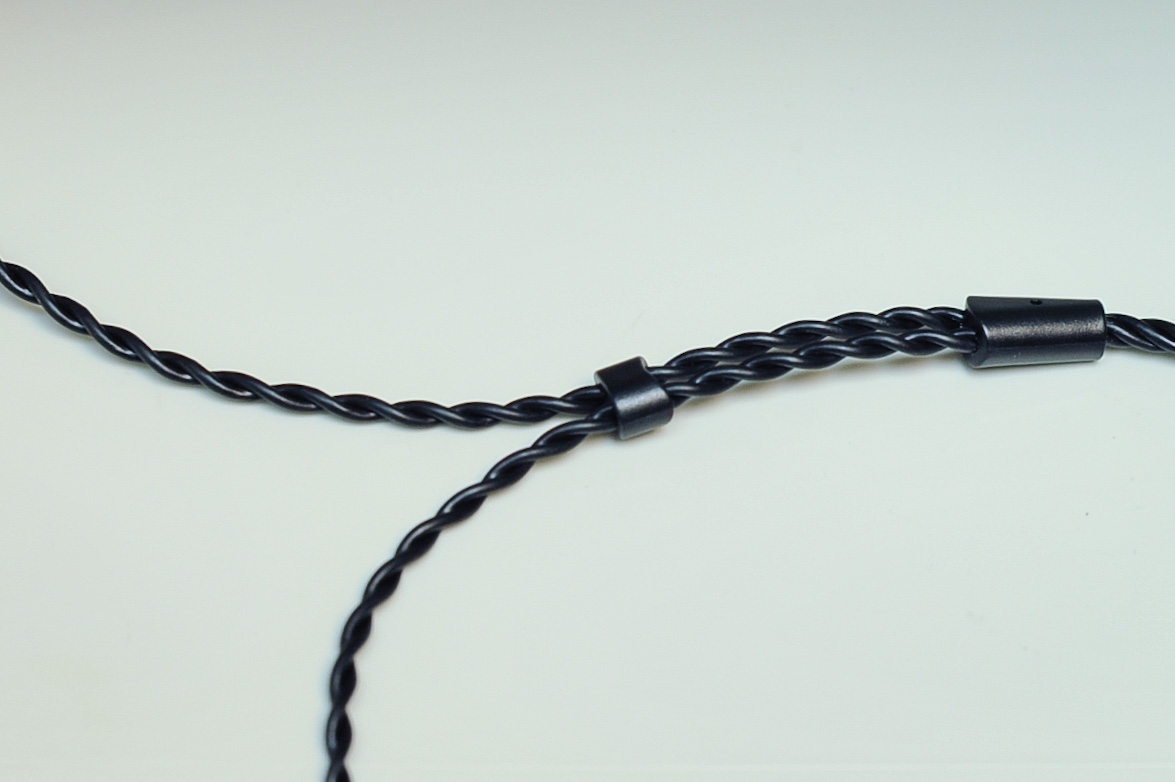
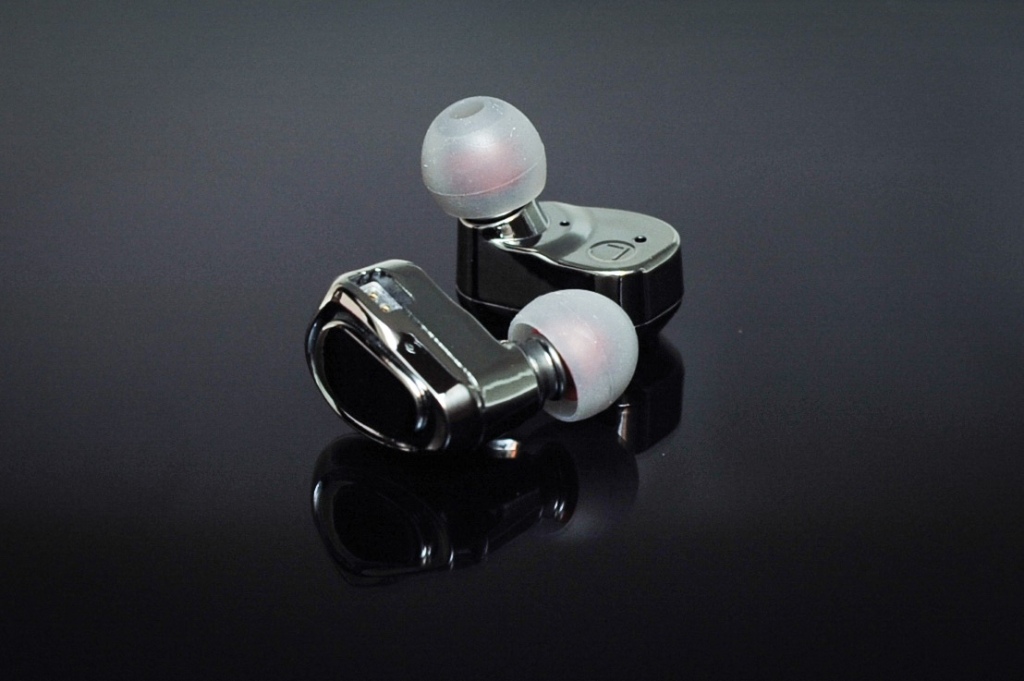
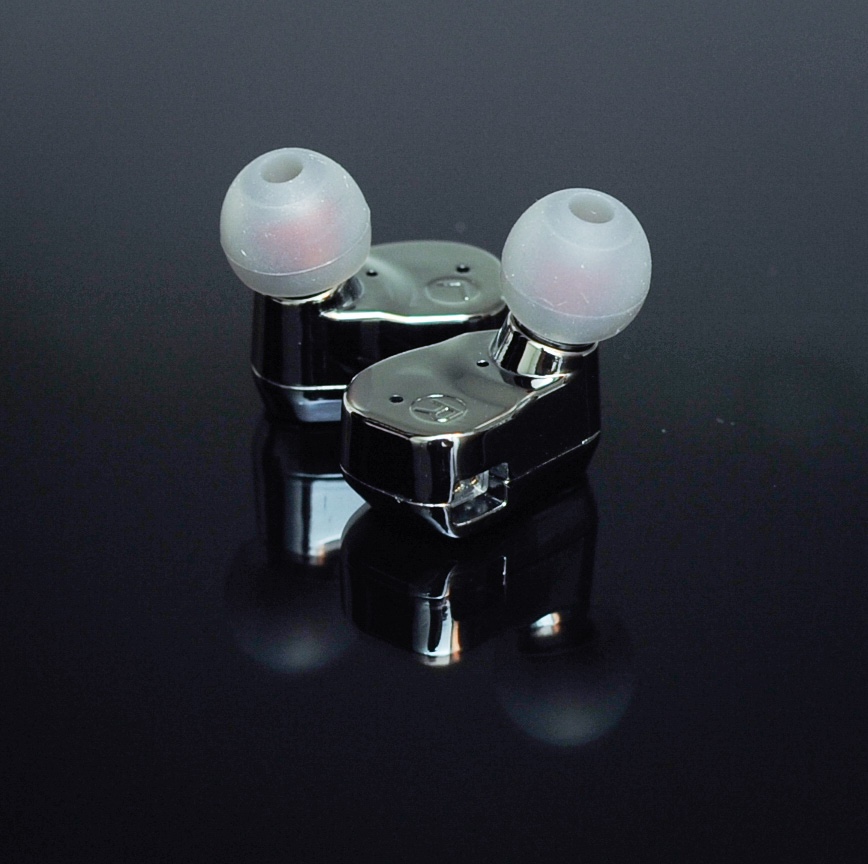

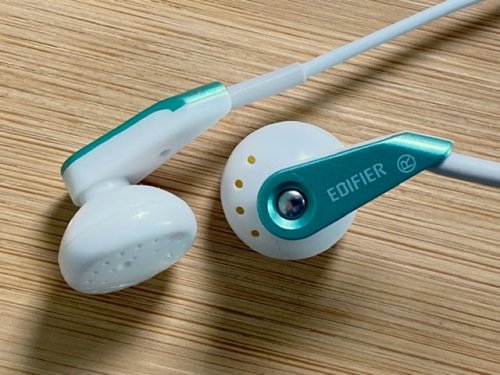


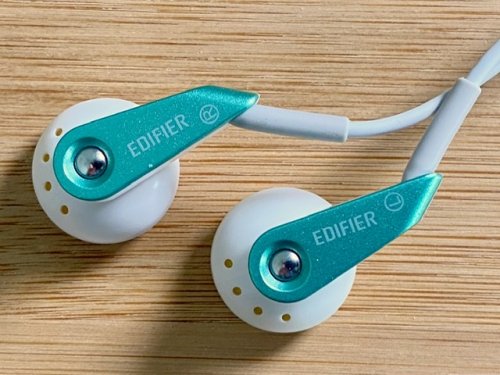

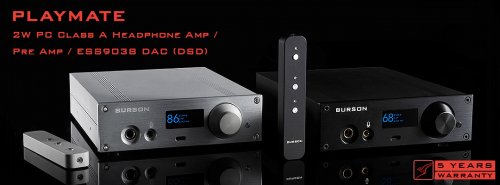
![burson_playmate-0288-1[1].jpg](https://cdn.head-fi.org/a/11199230_thumb.jpg)
![burson_playmate-0290[1].jpg](https://cdn.head-fi.org/a/11199231_thumb.jpg)
![burson_playmate-0292[1].jpg](https://cdn.head-fi.org/a/11199232_thumb.jpg)
![burson_playmate-0295[1].jpg](https://cdn.head-fi.org/a/11199233_thumb.jpg)
![burson_playmate-0282[1].jpg](https://cdn.head-fi.org/a/11199234_thumb.jpg)
![burson_playmate-0284-1[1].jpg](https://cdn.head-fi.org/a/11199235_thumb.jpg)
![burson_playmate-0296[1].jpg](https://cdn.head-fi.org/a/11199236_thumb.jpg)
![burson_playmate-0300[1].jpg](https://cdn.head-fi.org/a/11199237_thumb.jpg)




